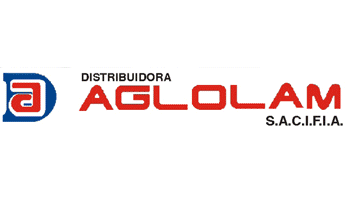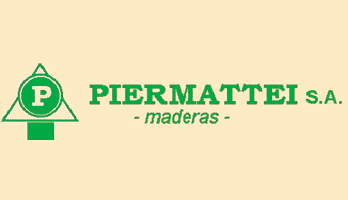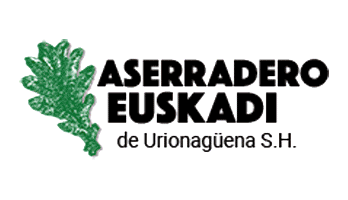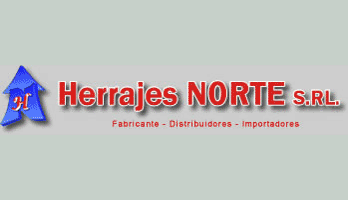
Forest Innovation: New Sauce clones drive the timber industry
A technological development based on genetic improvement allows to increase productivity, reduce harvest times and strengthen the sustainability of production in the Paraná Delta
The Delta del Paraná is the epicenter of the production of willows in Argentina, and in that scenario, where the willows dominate the landscape and support one of the main productive chains of the country, a technological advance marks a before and after. Seis new clones developed by the INTA, in alliance with the private sector, combine quality, versatility and a production potential greater than traditional materials. This innovation not only strengthens the forestry industry, but also opens the path to a more efficient and sustainable forestry. Sauce and its key role in the industry Sauce (Salix spp.) It is a fundamental species in the forest economy of the Delta del Paraná. Its wood, appreciated for its whiteness, density and fiber quality, is key to the manufacture of paper and packaging. For more than two decades, INTA develops improved clones with higher attributes in growth, health and quality of wood. Now, with the industrial validation of six new clones ?Carapachay INTA-CEEF, the INTA-CIEF stream Paper, but they exceed it in the growth rate and righteousness of the shaft. This translates into greater productivity and efficiency in the use of wood. Sauce (Salix spp.) It is a fundamental species in the forest economy of the Delta del Paraná. Its wood, appreciated for its whiteness, density and fiber quality, is key to the manufacture of paper and packaging (INTA)
IT MAY INTEREST YOU
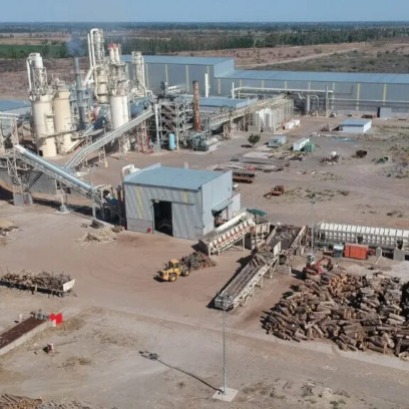 Furniture industry | The fiplast group acquires the historic Platinum Mendoza furniture and projects its international relaunch
Furniture industry | The fiplast group acquires the historic Platinum Mendoza furniture and projects its international relaunch
After 70 years of experience, the iconic Argentine firm changes owners and bets on productive reactivation, commercial expansion and sustainable forest development.
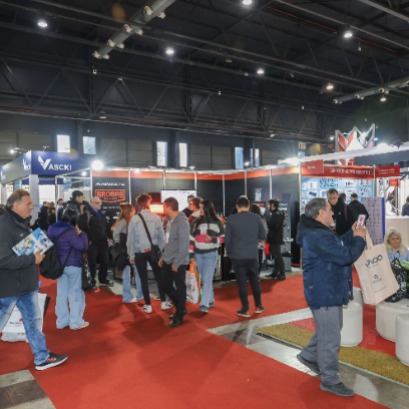 Batev 2025
Batev 2025
Innovation, design and sustainability, mark the new trends in the construction sector
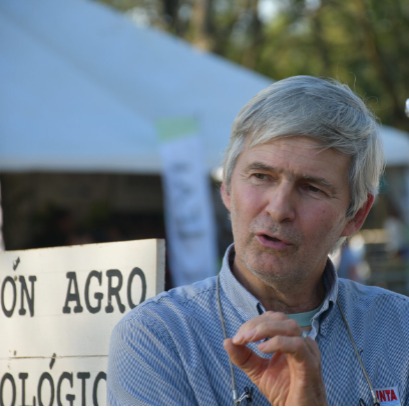 José Olinuck says goodbye to INTA after 47 years: a life dedicated to agrometeorology and the service of agricultural production
José Olinuck says goodbye to INTA after 47 years: a life dedicated to agrometeorology and the service of agricultural production
With an exemplary career of almost half a century, the agrometeorologist coach José Olinuck retires from INTA Cerro Azul leaving for the productive sector of the NEA an invaluable statistical work on temperatures, rains and other weather conditions, in addition to the consolidation of a network of agrometeorological stations. His silent, meticulous and constant work allowed himself to anticipate the weather and improve the decisions of thousands of producers. When in 1978 José Olinuk entered the INTA Cerro Azul as a coach to take care of the area of ??Agrometeorology, he surely did not imagine that his work would mark over fire the development of this discipline in the region. Today, a few days after his retirement, he reviews with emotion a whole life dedicated to observing the climate, collecting data, issuing newsletters and, above all, being a reliable source of information for producers, researchers, teachers and students.
